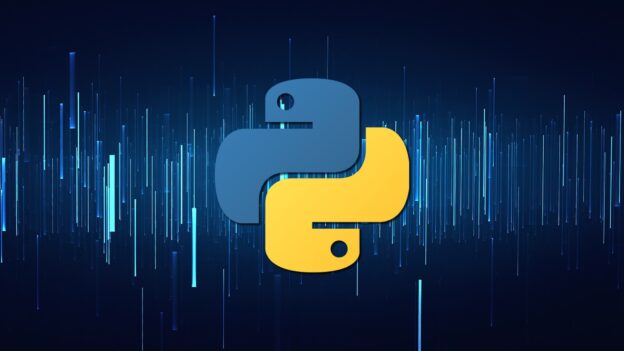4 hours of instruction
In this course, learners will encounter more sophisticated methods for generating clusters within unlabeled data using Python. The first method, hierarchical clustering, creates tree branch-based clusters in order of increasing specificity. The second, density-based clustering, creates groups based on the concentration of data points within a region. By the end of this course, learners will prepare data for, implement, and optimize these models, and compare their relative advantages.
OBJECTIVES
- Mine data to find latent patterns and groups on numeric data using DBSCAN and Hierarchical clustering
- Evaluate the accuracy and effectiveness of clustering
- Understand the purpose and implications of what clustering methods can and cannot achieve
PREREQUISITES
Learners must be comfortable using Python to manipulate data, must know how to create basic visualizations and should have moderate background on how clustering works and it’s use cases.
SYLLABUS & TOPICS COVERED
- Hierarchical
- The theory behind Hierarchical clustering
- Implementation of Hierarchical clustering and comparison to other methods
- DBSCAN
- The theory behind DBSCAN algorithm
- Implementation and optimization of DBSCAN
SOFTWARE REQUIREMENTS
You will have access to a Python-based JupyterHub environment for this course. No additional download or installation is required.

